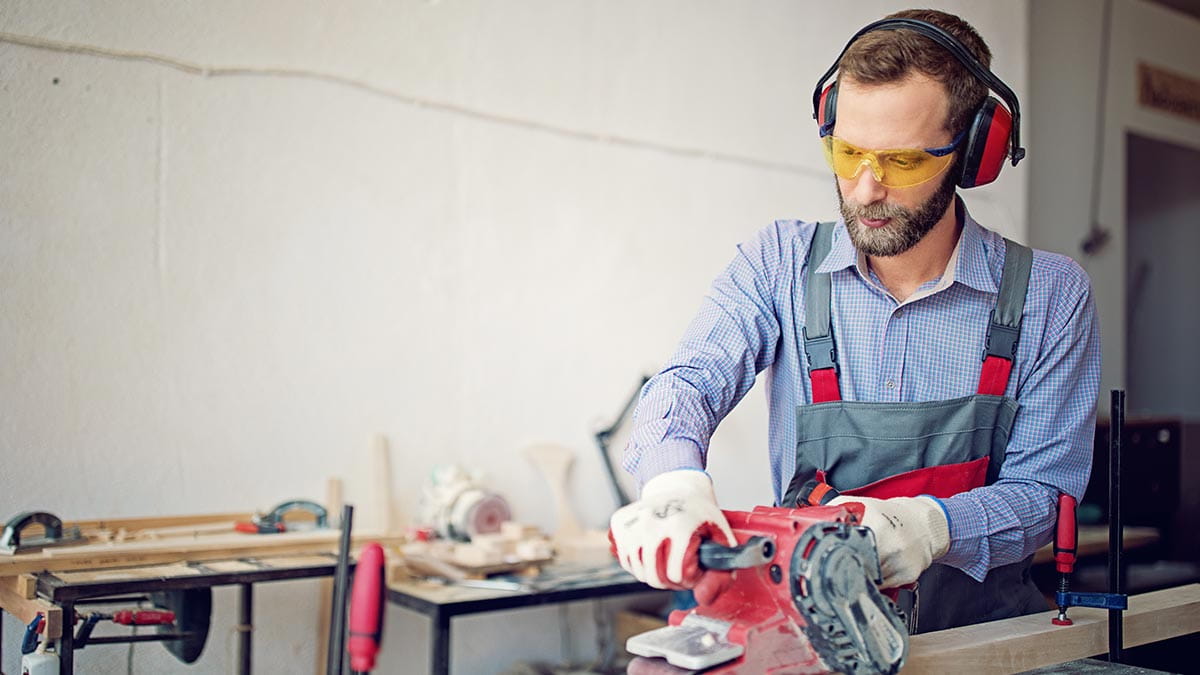Ways the hearing impaired can communicate when face masks keep them from reading lips

For the hearing impaired, lip reading is often instinctively used to provide supplemental cues when communicating. But as people are encouraged to wear face masks to slow the spread of COVID-19, that visual clue is no longer available, which can make communication more challenging.
The hearing impaired have always used several modes of communication in addition to hearing aids. They range from sign language, lip reading, handwritten notes, white boards, applications for smartphones and tablets, and much more. Now those alternative methods are even more important.
If you’re having difficulty communicating, there are several things you can do:
- Face masks can muffle sound. Call your audiologist to see if you can add special custom programs to your hearing aids to account for mask use. Research shows there can be a 4-12 decibel decrease in volume depending on the mask being worn.
- Download the assistive app of your choice to your smartphone or tablet. Ask the other parties you’re communicating with for permission to transcribe the conversation. There are several different types of apps. They include:
- Speech to text apps will transcribe what’s being said in the room directly to the app on the device so it can be read in almost real-time to supplement hearing and communication. If people are wearing masks, then it will help if the device is close to their mouth to increase the accuracy rate.
- Phone call to text apps will transcribe what’s being said on the other side of the phone call so it can be read while listening. There can be a delay between seeing what’s being typed and hearing the person. It’s important to let the other person know the phone call is being transcribed for optimal understanding of the conversation.
- Sound amplifying apps will amplify speech in the environment. These apps are ideal for people who don’t have hearing aids yet or if their hearing aids aren’t working.
- If a device isn’t available, then make sure you have paper and pencil for your own use and ask them to use their own paper and pencil for back and forth communication.
Some apps are better in noise than others, so make sure you look at the reviews and ratings of each app.
If you encounter a hearing impaired person, there are things you can do to make communication easier. Be patient. Turn toward the person that you’re speaking to, speak at a slower rate, and speak clearly and distinctly.
Melissa Schnitzspahn is an audiologist at The Ohio State University Wexner Medical Center.




